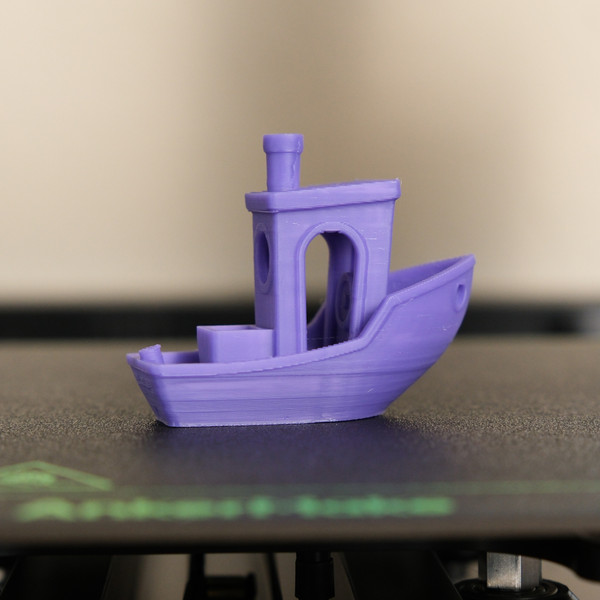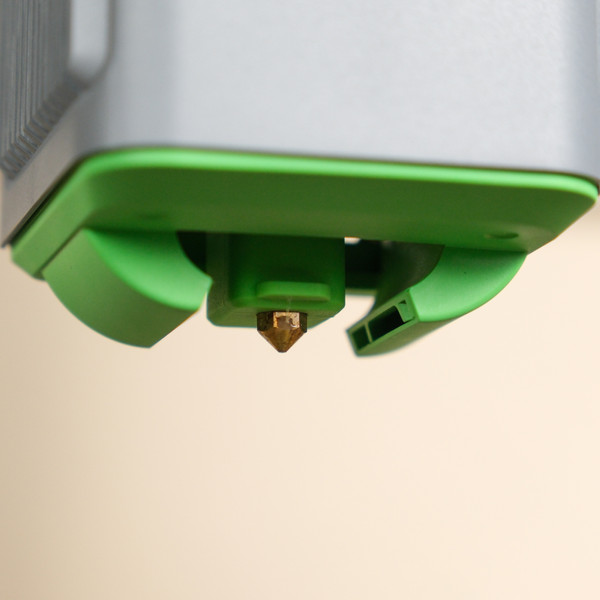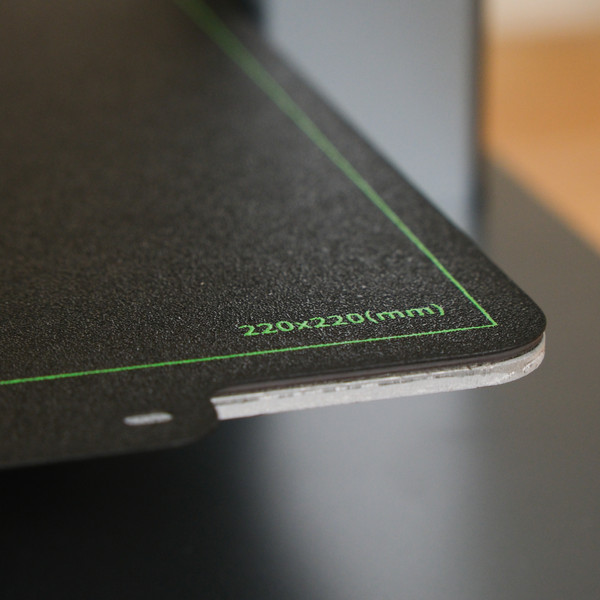If you make a purchase using a shopping link on our site, we may earn a commission. Learn More
Top pick
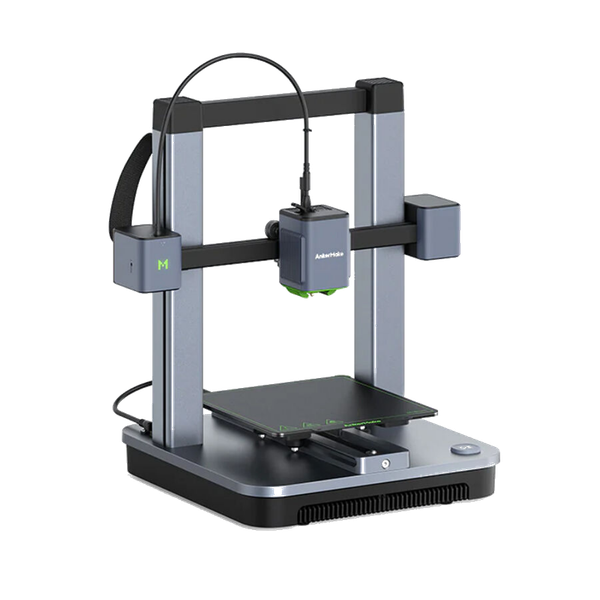
AnkerMake M5C
Why is this printer a 3DPros top pick?
The AnkerMake M5C takes a different approach from other printers on the market that we think is much friendlier to users who are new to 3D printing, at an approachable price point for newer users. With the printer being completely controlled through an app, it feels different to interact with than almost every other 3D printer we’ve used.
But AnkerMake has designed their app and printer in a way that makes 3D printing simpler than we thought possible. This makes everything much more approachable for a new user, and even as experienced users we appreciate some of these ease-of-use aspects. It’s worth noting, too, that the M5C isn’t just a toy, and has an impressive set of hardware specs—it’s capable of printing fast, and supports high-temperature materials.
About the AnkerMake M5C
The AnkerMake M5C, introduced in August 2023, is a compact version of its predecessor, the M5 3D printer, at a lower price. This cartesian 3D printer has a build volume of 220 X 220 X 250 mm, a maximum speed of 500 mm/s, and an acceleration of 5,000 mm/s2. The M5C costs less than $400 and is designed for beginners seeking a faster 3D printing option, featuring a streamlined design and several features.
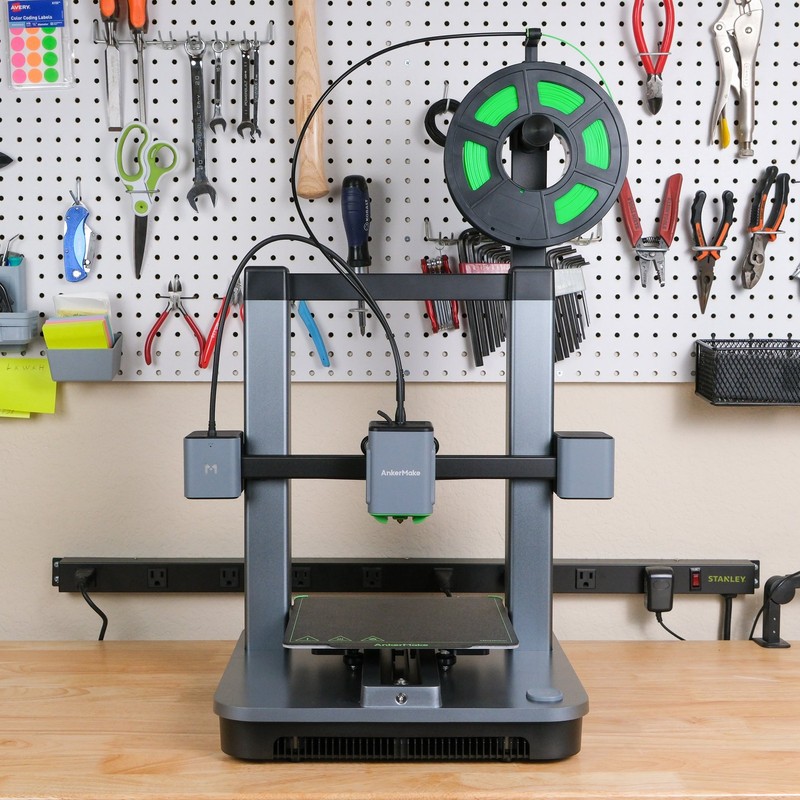
AnkerMake M5C retains most of the features found in the M5, however, it differs in some critical aspects, such as smaller bed size, the absence of smart experience features, and the lack of a screen. For beginners interested in 3D printing who prefer minimal machine adjustments, the M5C could be a suitable choice.
Features
Build Volume
The AnkerMake M5C is slightly smaller than the M5, with a build volume of 220 x 220 x 250 mm (8.6” x 8.6” x 9.84”), one of the most common build volumes for consumer 3D printers across brands. This build volume is large enough to accommodate a variety of prints, such as your average household items, figurines, and decorative pieces and more. The build volume is good for beginners who want to have a small printer yet good enough to make useful items.
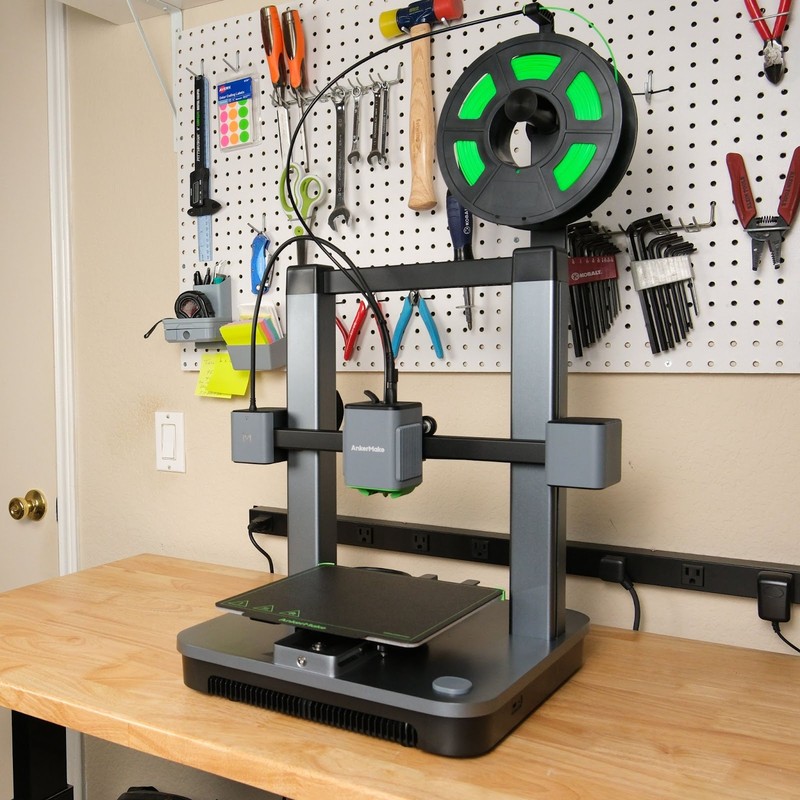
The printer’s weight is about 9.6 kg, making it lighter than some models, with a gross weight of 12.8 kg.
Print Speed
The AnkerMake M5C claims a maximum printing speed of 500mm/s and acceleration of 5000 mm/s2. Like many fast 3D printers, it does not always operate at its maximum speed. It only achieves the top speed on specific sections of a print, and the average printing speed is quite lower. The print speed also affects the print quality so fast speed may not always give you a good quality print.
According to some users, the parts printed at 500 mm/s were not clean and showed ringing and cooling issues (common problems associated with fast prints), whereas the models printed at 250 mm/s were much smoother and had no noticeable cooling issues.
Direct Drive Extruder
A direct drive extrusion system is a desirable feature that reduces filament travel distance and allows for precise control over filament flow. It also enables you to print with flexible materials such as TPU thereby expanding the type of products you can manufacture. The AnkerMakeM5C features a direct drive system with an extrusion flow rate of 35 mm³/s, compared to the M5’s 24 mm³/s.
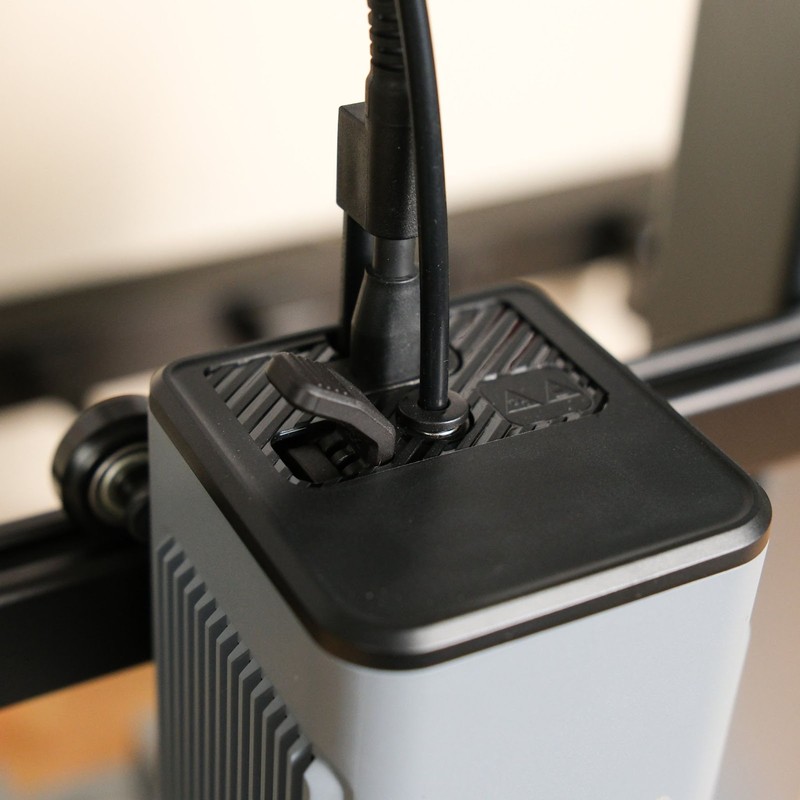
Automatic Bed Leveling and Z Offset Calibration
Automatic Bed Leveling and Z Offset Calibration are critical 3D printing features that greatly improve print quality and convenience. Automatic bed leveling ensures that the print bed is perfectly level before beginning each print job. This feature eliminates the need for manual bed leveling, which can be time-consuming and challenging to achieve, especially for beginners. Automatic bed leveling helps prevent issues such as uneven first layers, adhesion problems, and misaligned prints by detecting the position of the bed and automatically adjusting the print head accordingly. The M5C offers an automatic bed leveling feature eliminating the need for manual bed leveling.
Z offset calibration, on the other hand, allows you to fine-tune the distance between the nozzle and the print bed. This adjustment is required for optimal first-layer adhesion and print quality. The M5C includes a strain gauge sensor that can automatically set the Z offset by detecting when the nozzle touches the bed.
Both, automatic bed leveling and Z offset calibration, are critical for preventing first-layer adhesion issues.
Connectivity
AnkerMake has taken a unique approach to connectivity with the M5C printer. The company decided to eliminate the printer’s screen in favor of a smartphone or computer app as the primary interface. Its app has all the features or commands you may need to control the printer. The printer also supports Bluetooth and WiFi, allowing you to connect to it, wirelessly send files, slice, and print objects, and control it in all aspects via the app.
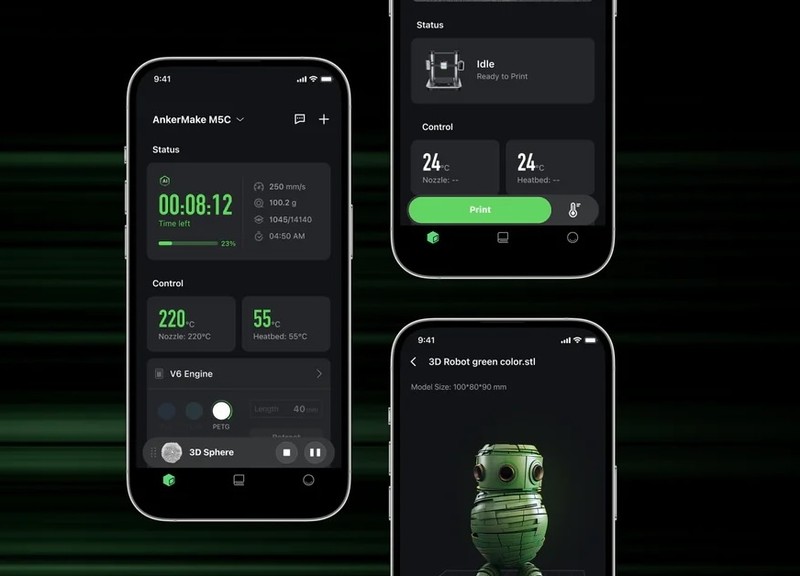
Additional connectivity options include a standard USB flash drive, though there is no SD card slot as seen on most entry-level 3D printers.
Filament Compatibility
The AnkerMake M5C has an all-metal hot end capable of reaching a maximum temperature of 300°C. This means you can print with a wide range of materials, including Nylon, PETG-CF, and PA-CF, as well as the standard PLA, ABS, PETG, and TPU. This compares to the M5’s maximum hot end temperature of 260°C.
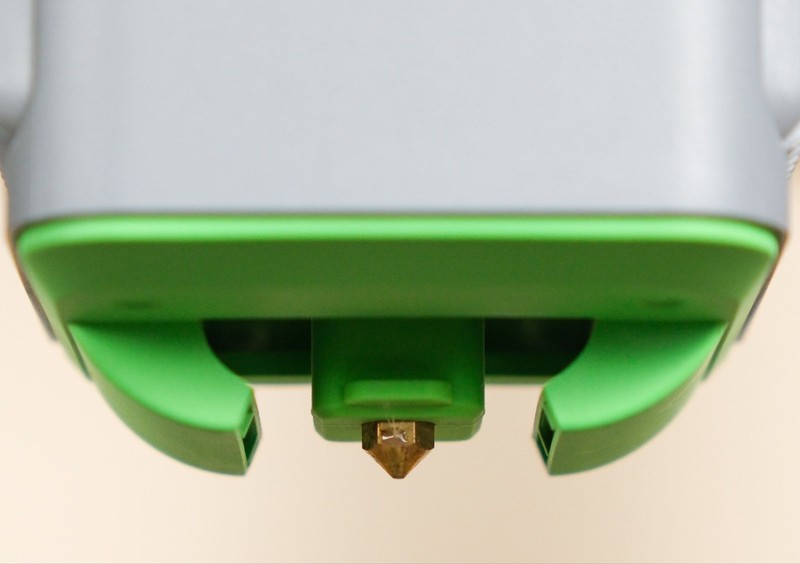
Design, Size & Assembly
The AnkerMake M5C retains its minimalistic yet sleek design, with minor reductions in size, which do not impact its design appeal or functionality. In contrast to some of its competing printers with visible wires, the M5C’s design conceals wires, contributing to a cleaner appearance.
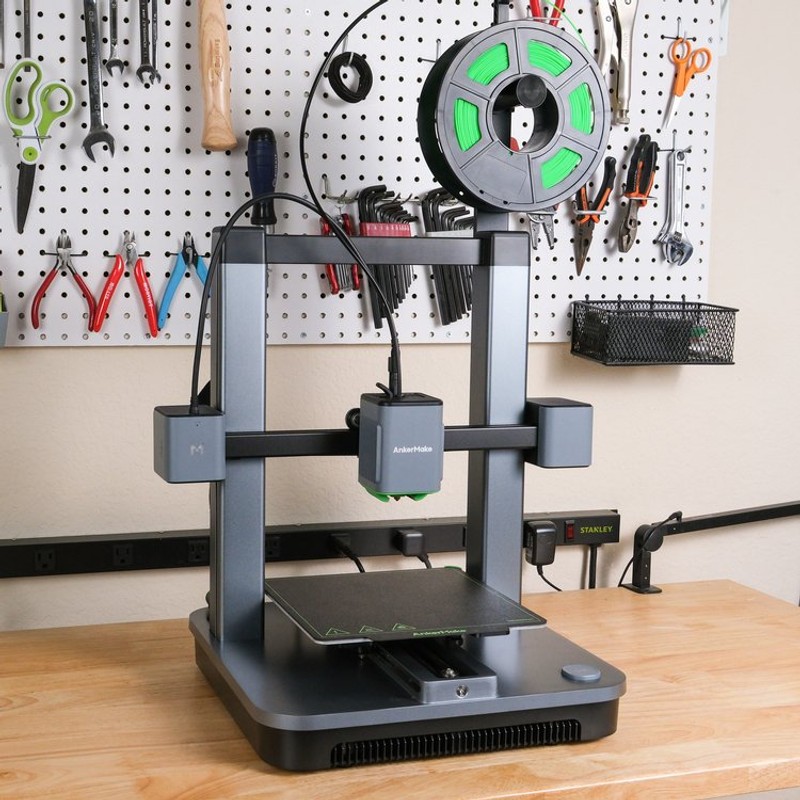
It’s a ‘bedslinger’ 3D printer, which means that it is a Cartesian 3D printer where the bed moves back and forth along the Y-axis, while the extruder moves in the X and Z directions.
The printer comes in two pieces: a gantry and a base, and all you have to do is connect the two to complete the assembly.
To recap, we’ve outlined the main benefits and drawbacks of the M5C below. Overall, we think this is a great printer that is easy to use out of the box, but it isn;t for everyone due to the lack of a screen, which may not be ideal for users who would rather be able to control the printer more directly.
Positives
- The AnkerMake M5C is easy and quick to assemble.
- It can achieve maximum printing speeds of up to 500 mm/s.
- The printer has a unique customizable multi-functional one-click button on the base beside the print bed.
- The extruder can reach a maximum temperature of 300°C and therefore offers greater material printing flexibility.
- It has a modern smartphone or computer app-based interface that makes operating and controlling the printer easy and handy. This also gives better connectivity options for transferring files, slicing models, or starting and stopping prints.
Drawbacks
- It eliminates a screen on the printer thus forcing you to use a smartphone or a computer every time you want to do even a minor activity on the printer.
- The M5C does not have a camera and therefore you do not have video streaming, AI recognition feature, or time-lapse video features.

The M5C Is very polished, and looks more like a typical peripheral than a hobbyist machine.
Brand Summary: AnkerMake
AnkerMake, branching out from the established electronics company Anker, has expanded into the 3D printing sector, drawing from its electronics heritage. Debuting with the M5 printer in April 2022 and followed by the M5C in 2023, AnkerMake provides Cartesian printers that emphasize durability and technical advancement. These machines integrate an AI-driven mechanism to meet diverse printing needs and are equipped with features like precise heating, efficient printing speeds, solid construction, auto-leveling, AI monitoring, and versatile connectivity. For those setting up, while the process is designed to be straightforward, beginners might need to refer to supplementary online resources due to the technical nature of some documentation. In terms of online presence, AnkerMake is in its nascent stage, with platforms like Reddit offering more active community support compared to the brand's official channels. The company offers online troubleshooting, but user feedback points to possible improvements in warranty and customer service areas. Diving deeper into their product lineup, the AnkerMake M5 stands out as a high-performance Cartesian 3D printer, characterized by its diverse features and a 4.3" touchscreen interface. On the other hand, the M5C, a more budget-friendly option, excludes a traditional display in favor of a multi-functional button and connectivity to a mobile app. Both models are tailored for efficient performance; however, given their advanced features, they might be more suitable for individuals with prior 3D printing experience. Overall, while AnkerMake printers offer notable benefits such as advanced AI capabilities and a robust design, potential users should be aware of certain challenges like the brand's emerging online community and areas in AI that might require further optimization.
Pros
- Modern mainboard features
- Auto bed leveling
- Premium components
- Easy to assemble
- Direct drive extruder
- PEI build surface has good balance of adhesion and part removal
- Wireless printing
- All-metal hot end
- Dual gear extruder
Cons
- No LCD Screen
Printer Comparisons
The articles below provide in depth comparisons of the AnkerMake M5C to other similar printers on the market.
Bambu Lab A1 Mini and AnkerMake M5C

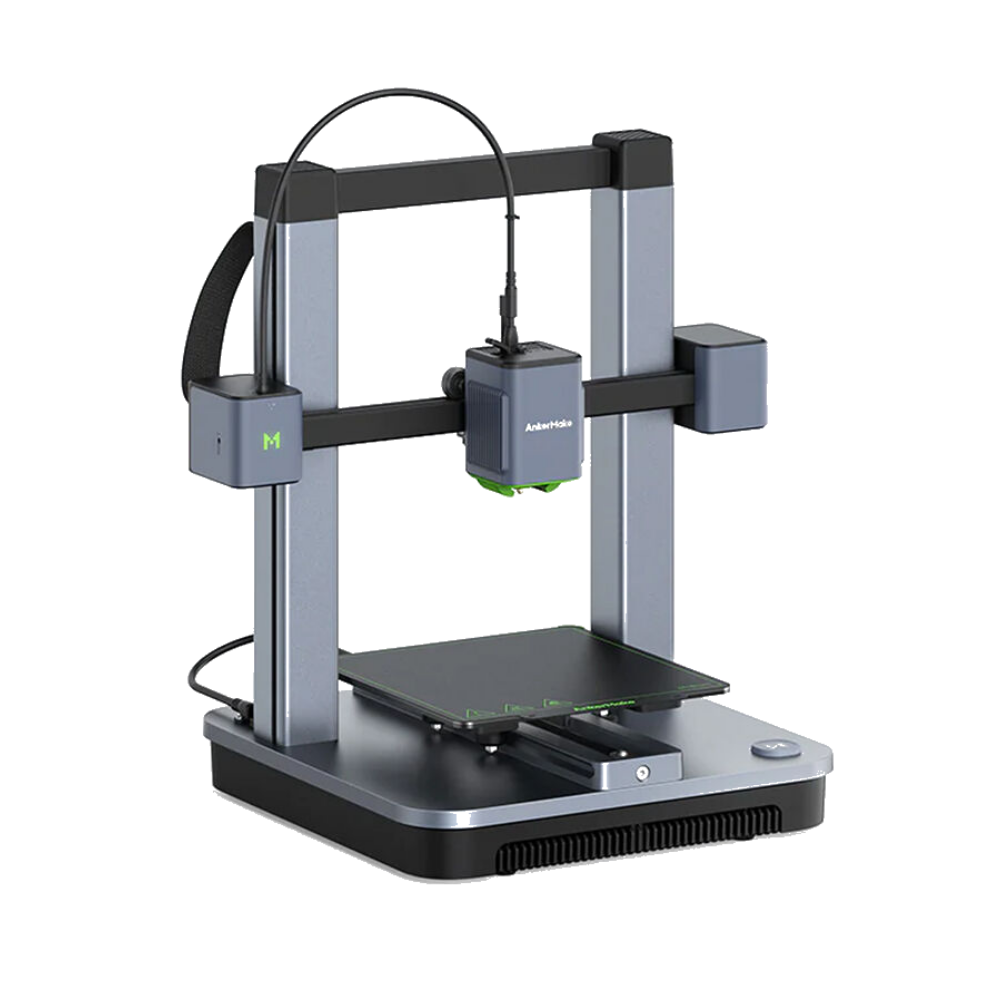
Vs
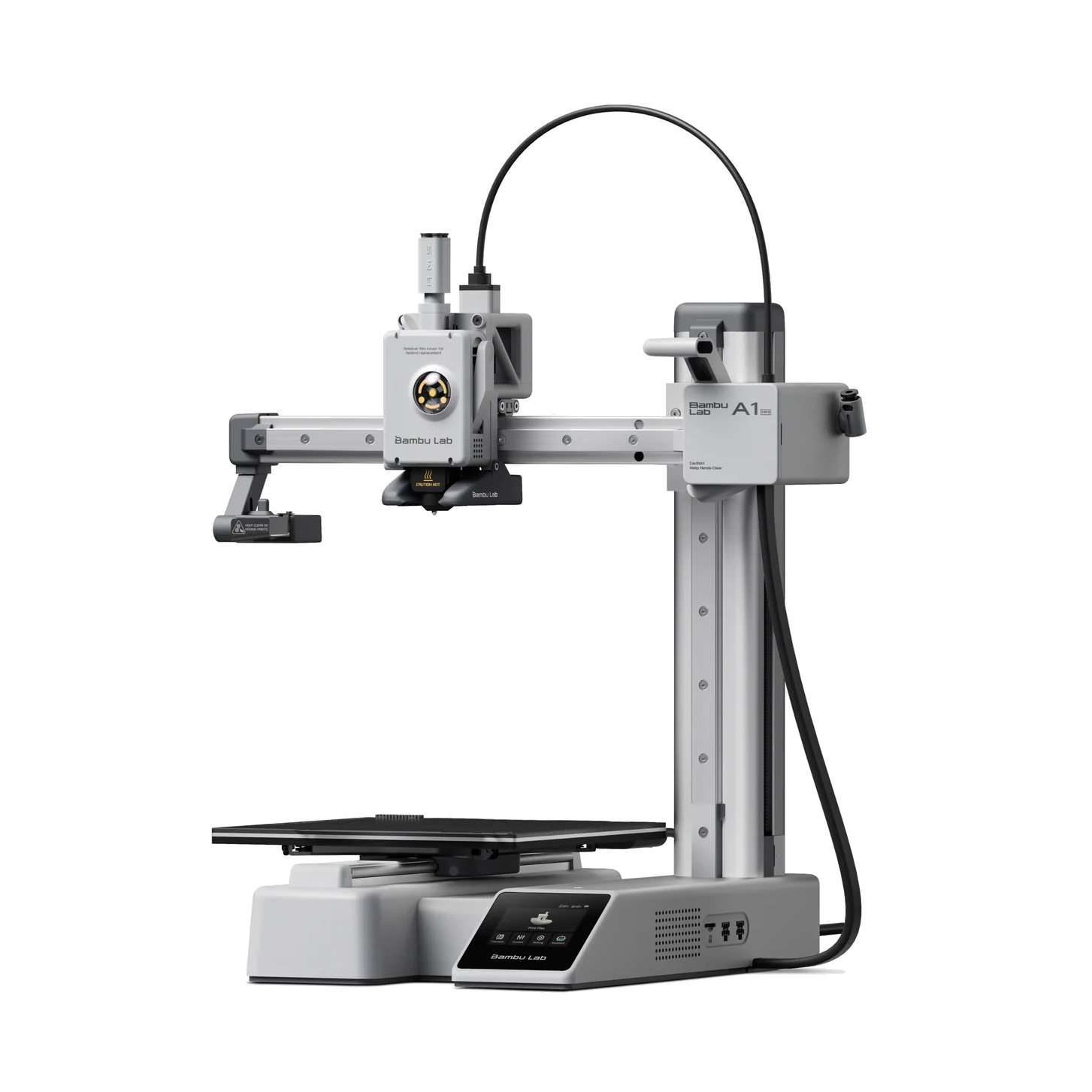
Ender 3 V3 vs AnkerMake M5C

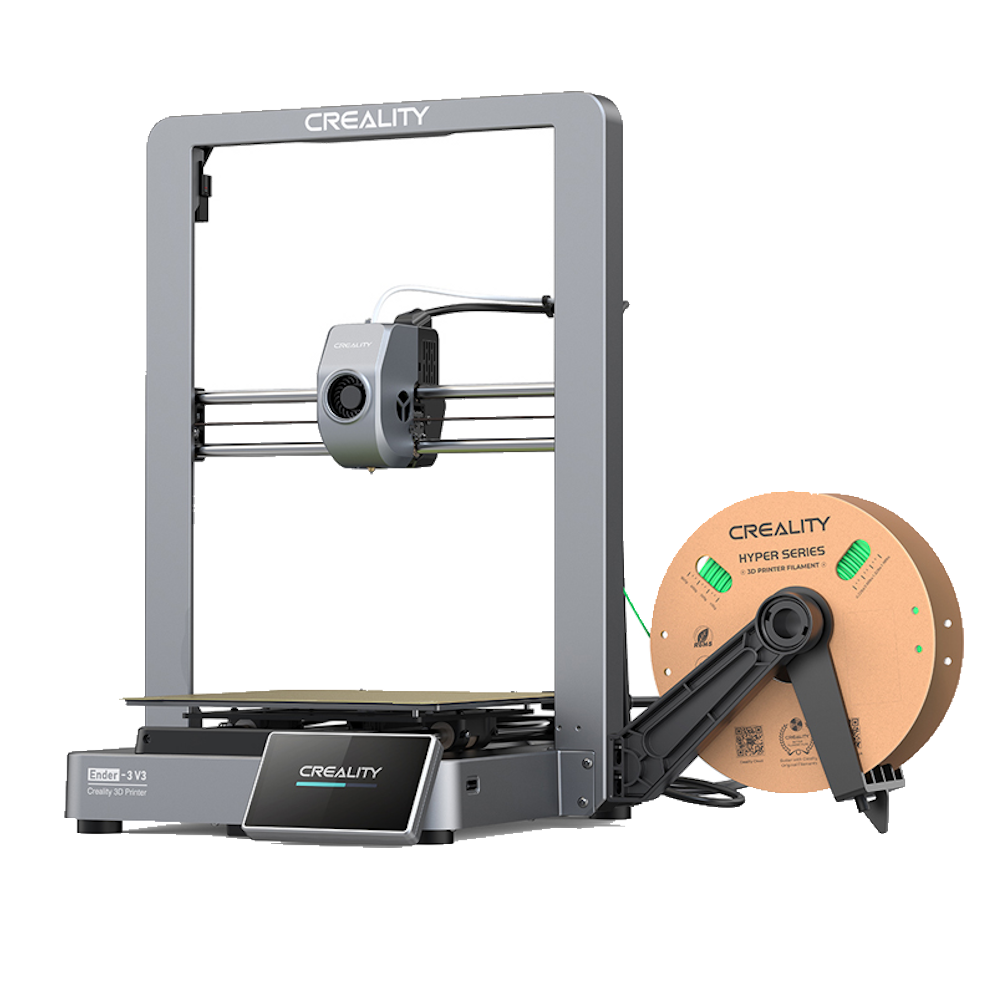
Vs

You can compare the AnkerMake M5C to other 3D printers using our Compare tool.
